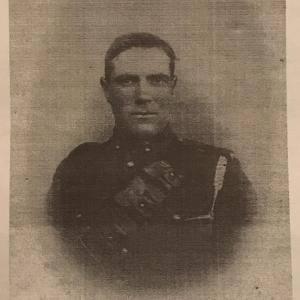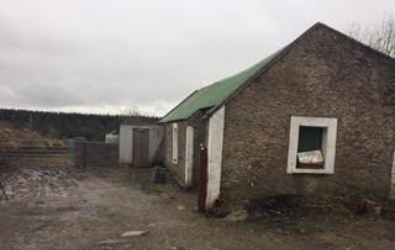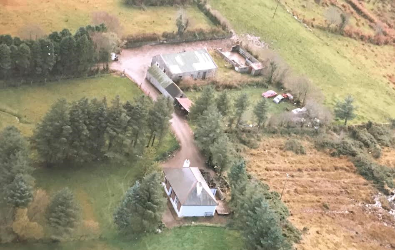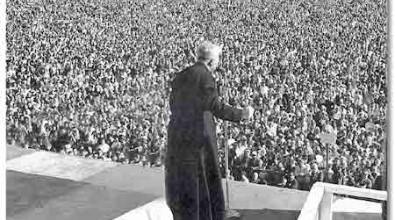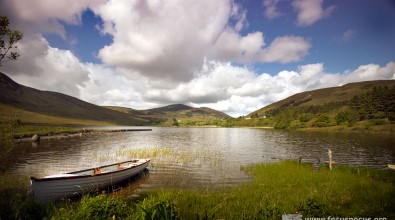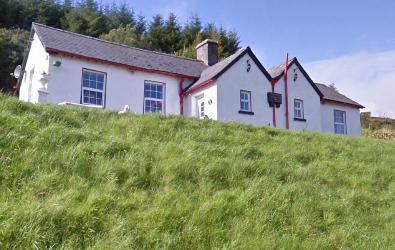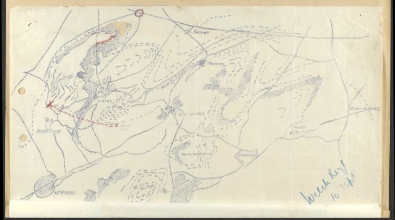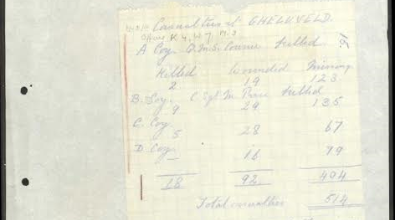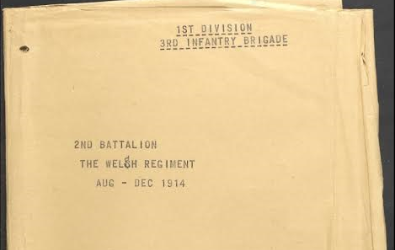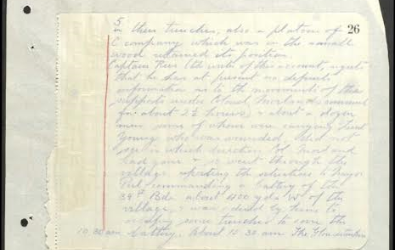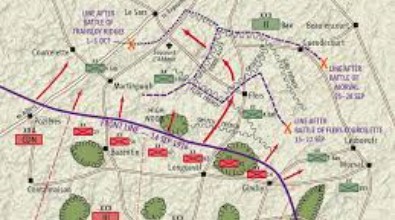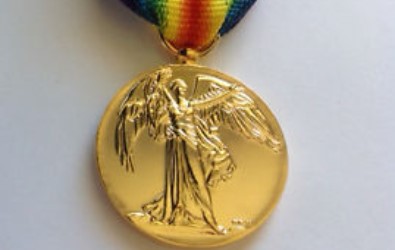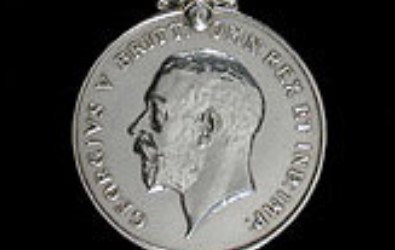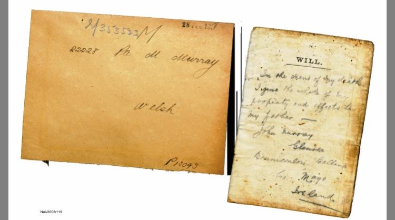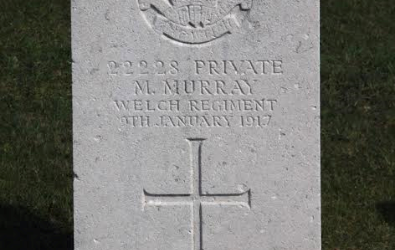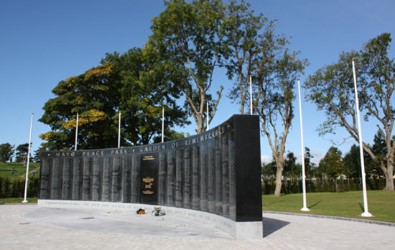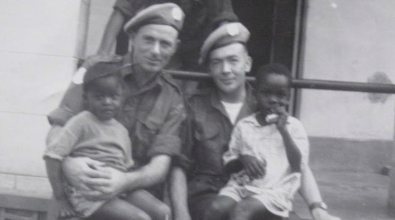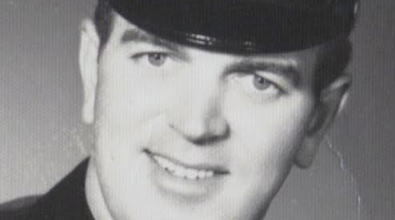"A generation which ignores history has no past- and no future"
My background
My Application
I can distinctly remember being introduced to the My Adopted Soldier programme by my ever so talented and enthusiastic teacher Ms Gannon. She informed my class of the necessary entry process and what the outcome would be. Honestly, I stared at the interactive white board with a degree of courage but an abundance of apprehension. As I am an only child from the West of Ireland who is afraid of my own shadow, I could never have predicted that I would be a beneficiary of this scheme.
People. That is what initially attracted me to this competition. What is history without the humans behind it? World leaders are often remembered in either a positive or negative light. The instructions that they give are credited with the success or failure of an era. However, it is ordinary people all around the world like Martin Murray who make the change. Everyday people risk their lives for others only to be counted as a faceless statistic. History essays that are filled quotes and numbers, retained and then regurgitated are worthless if the candidate cannot identify personally with the event.
I applied for the competition as I love to tell stories and connect with the past. I never imagined that it would have this much of an impact on my perspective and that I could connect so easily with a man who lived one hundred years before I.
Martin's Family
I was so lucky to have met Martin's family very early in my research. Sarah Murray, Martin's Great Niece was my closest contact and so kindly provided me with a vast amount of information.
Meeting Martin's relatives was imperative as I could learn about his hobbies and interests, things that could not have been found in military records. Through them I got to meet Martin, the soldier, but also Martin, the Mayo Man.
-bb649t.jpg)
-g8q3ag.jpg)
I spoke with Gerry Murray, Martin's nephew (pictured left) who reminisced about his uncle and his talents which was incredibly special. He told me about all four of his uncles who had fought in the First World War and how none of them ever got the chance to set foot on Irish soil again. Martin's presence is still felt in Bonniconlon as Gerry and his wife reside on the same plot of land that Martin once lived on.
My Research
Whilst the Murray family were truly instrumental in acquainting me with Martin, I took to the internet to find his presence in the military records. The Welsh Regiment Records gave me the series of battles that Martin's battalion was involved in. I tracked down his medical card and discovered that 557 other soldiers had died on January 9th 1917. On Ancestry.co.uk, I was able to attain Martin's will which was a sad moment. Every piece of information I unearthed drew me closer to Martin. Whilst his files were dusty, so to speak, they existed and I felt as though his memory would always live on.
The Trip
To say that visiting Belgium accompanied by fourteen of my newest friends was the trip of a lifetime would an understatement. From the minute we were greeted by David in the Leuven Institute, the fun began.
Leuven's architecture was truly breathtaking and as we all roamed around the city, the bonding process began. Our 'group chat' that had previously been quiet and rather reserved was now alive as we texted each other between rooms and shared our excitement for what was ahead.

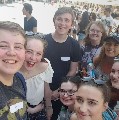
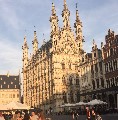
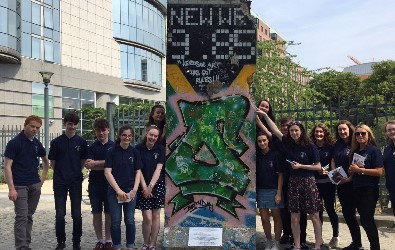
The group gathering around a piece of the Berlin Wall outside the European Parliament.
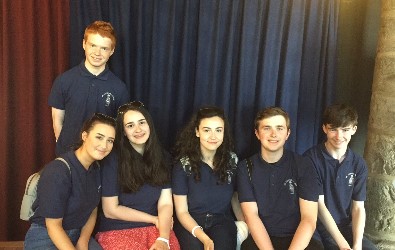
One of the many photos that I will treasure from the trip.
Every historical site that we visited seemed overwhelming sad. It provided me with a new found apreciation for the life that I live and taught me just how much people suffered not so long ago.
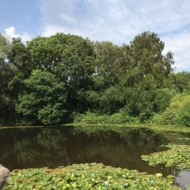
Visiting the Pool Of Peace was an unforgettable experience. It was difficult to Imagine that somewhere so tranquill had such a dark and tragic past.
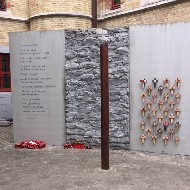
The sight where Joshua's soldier and many like him were executed was incredibly sobering.
Our Meeting
Finally visiting Martin's grave was a very surreal experience. Even though I felt as if I knew this man, it only dawned on me that he was a living, breathing person as I looked upon his place of rest. I realised then the sheer futility of war and the tragedy that had been inflicted on a generation.
-n8cxxp.jpg)
Being a small town girl with not a lot of courage, I could not believe Martin's bravery as I visited his grave. The thought of him leaving Glenree and going to War with no guarantees of survival was so humbling. I could leave Belgium and return home to my family after visiting the sites where these very men were killed. That, unfortunately, was not a privilege that these men were given.
-a63z7g.jpg)
Speaking with Eileen and Brian at Martin's graveside.
-suar8.jpg)
Laying soil and some heather from Glenree at Martin's grave.
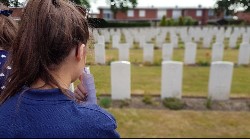
Seeing Martin's grave amongst a sea of white headstones was very moving.
The German Aspect
Having the German students accompany us on this trip definitely enhanced my knowledge about the First World War.
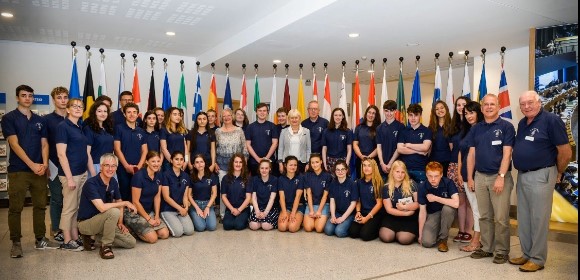
The German graveyards were so stark compared to the beauty of Tyne Cot. The phrase "History is written by the victors," became more and more evident with every memorial we visited. Over the course of the trip I befriended many of the German students and discovered that we had similar interests despite being from different countries.For instance, Patricia and I both listened to the same bands and shared a love for clothes and cosmetics. I realised that surely Martin had things in common with those in the opposite trenches one hundred years ago. If not, they were all young men who did not deserve to die. Coming together with the German students in the European Parliament was indicative of just how far we have come.

Martin, my friend
As I ventured out to Bonniconlon (Martin's homeplace), I suddenly realised that I lived in quite a developed part of rural Ireland! Although picturesque, the area was extremely isolated and I could not imagine it being very different to when the Murray brothers set sail. I saw his home, his surroundings and I saw him. Ploughing the land, teaching in the school and enjoying the beauty Glenree has to offer. I could directly empathise with his cause after researching his life. I would never have had the courage to leave this untouched part of the world and fight a battle that would ultimately take the lives of eleven million soldiers.
History for me has never been so poignant.The trip allowed me to experience the horrors of war through my own eyes and not through a gaudy history book or a Powerpoint presentation. Visiting the first graveyard alone put everything that I had ever learned in a classroom or discovered via a screen into perspective.
A word of thanks..
I would like to extend my gratitude to Gerry Moore. His genuine passion for history is so inspiring and without his work and dedication, I would never have had been able to embark on this trip of a lifetime. He made everyone feel at home and had such a warm presence. I cannot thank him enough for his generosity and kindness. I am honoured to have been given the opportunity to research an heroic man like Martin Murray.
I would also like to thank the whole My Adopted Soldier Committee for their kindness and support. Their dilligent work behind the scenes certainly did not go unnoticed.
I cannot thank the Murray family enough for their invaluable contribution to my research.
Finally, I would like to thank all of my fellow students that joined me on this incredible journey. You wonderful bunch were a pleasure to work with and I am proud to call you my friends.
-kgd5e4.jpg)
